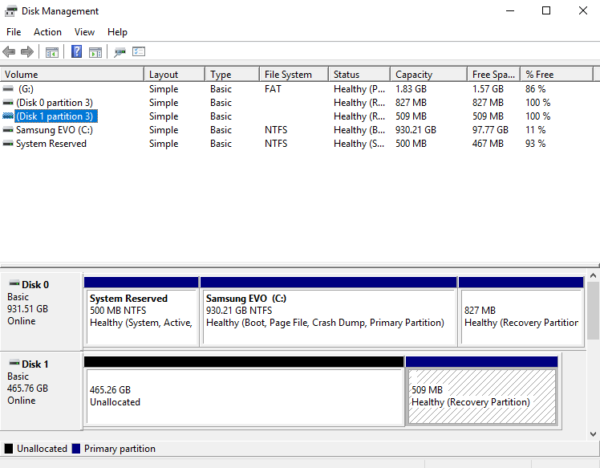

Warning: this approach presents a single point of failureĪdding a bootable repair and recovery partition to a PC’s boot/system drive is convenient, and it supports dual-boot access to the primary OS and repair/recovery facilities, but it’s subject to a potentially vexing weakness. In this article, I describe how to create a bootable recovery partition on a system’s boot/system drive. That alternate boot mechanism can come from a variety of sources, including a bootable recovery Windows image, a bootable Windows installer on a flash drive or DVD, or even a bootable partition on the very drive that’s having problems.

The traditional approach to remediation requires arranging an alternate boot mechanism, so that the damaged system partition can be repaired or replaced. A failed update, a problematic program install, a driver problem or what-have-you can cause Windows to crash and then refuse to boot normally thereafter. From time to time, Windows 10 will go off the rails.


 0 kommentar(er)
0 kommentar(er)
